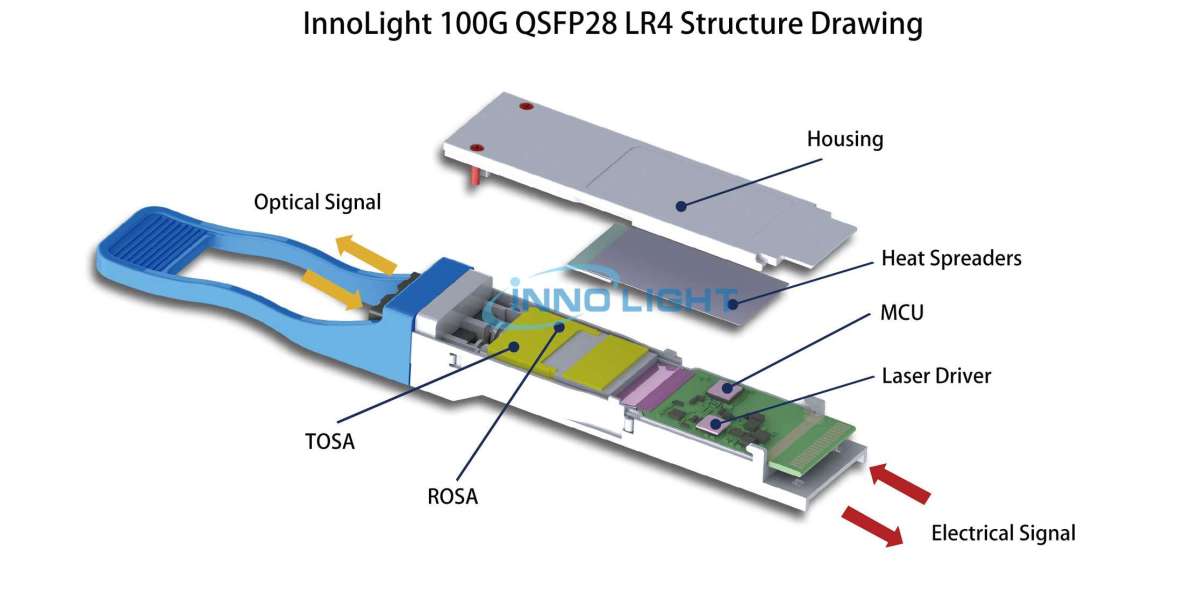Exploring the Growth Trajectory of the Optical Transceiver Modules Market
The global optical transceiver modules market is undergoing a significant transformation driven by technological advancements, data center expansions, and the surge in high-speed internet demand. These compact yet powerful modules are vital for modern telecommunication and networking infrastructure, enabling the transmission of data over optical fiber with high efficiency and minimal signal loss.
Market Dynamics: Driving Forces Behind Market Expansion
One of the primary drivers fueling the optical transceiver modules market is the escalating demand for bandwidth-intensive applications. With video streaming, cloud computing, 5G deployment, and IoT growth, the need for high-speed data transmission has surged exponentially. According to recent studies, global internet traffic is expected to grow at a CAGR of over 20% annually, further necessitating scalable and reliable data transmission solutions.
Another vital trend is the rising integration of optical transceivers into hyperscale data centers. Tech giants like Amazon, Google, and Microsoft continue to expand their data center footprints, pushing demand for faster and more efficient optical interconnects. In response, manufacturers are innovating with compact form factors like QSFP-DD and OSFP, supporting speeds of 400G and beyond, thereby redefining the scope of high-speed networking.
Additionally, the deployment of 5G technology is creating a ripple effect. As telecom providers roll out 5G infrastructure globally, the need for robust and low-latency optical modules is rising. These modules facilitate fronthaul and backhaul communications essential for seamless 5G operations. Markets in Asia-Pacific, particularly China and South Korea, are witnessing a strong uptick in optical module adoption due to aggressive 5G rollout strategies.
Environmental sustainability is also influencing market dynamics. The industry is witnessing a gradual shift toward energy-efficient optical transceivers, aligning with corporate goals to reduce carbon footprints and enhance energy management in data centers.
Competitive Landscape: Strategies, Innovation, and Market Leaders
The optical transceiver modules market is intensely competitive, with several global and regional players striving to gain market share. Key companies such as Finisar (a subsidiary of II-VI Incorporated), Broadcom Inc., Lumentum Holdings, Cisco Systems Inc., and Intel Corporation dominate the landscape with extensive product portfolios and R&D capabilities.
Strategic partnerships, mergers, and acquisitions are commonplace in this market. For instance, Cisco's acquisition of Acacia Communications strengthened its position in the high-speed optical interconnect market, offering end-to-end solutions for web-scale operators and service providers. Similarly, Lumentum’s merger with NeoPhotonics expanded its product lineup and enhanced its reach in the coherent optical module space.
Product innovation remains a crucial strategy. Companies are actively investing in the development of PAM4 (Pulse Amplitude Modulation) based transceivers, coherent modules for long-haul transmission, and energy-efficient components. Finisar, for example, has introduced 100G and 400G transceivers optimized for metro and data center interconnect applications.
Moreover, vertical integration is gaining traction as manufacturers seek better control over supply chains and component quality. Several companies are now developing internal silicon photonics platforms to reduce dependency on third-party suppliers and enhance customization capabilities.
The market also sees contributions from emerging players and regional manufacturers in China and India, who offer cost-effective alternatives and capitalize on local manufacturing incentives and policies.
Conclusion
The optical transceiver modules market stands at the intersection of technological innovation and skyrocketing data demands. From data centers to telecom networks, these modules are integral to building the future of digital infrastructure. As industry giants continue to innovate and 5G reshapes connectivity, the market is poised for robust and sustained growth.
To explore more detailed insights, forecasts, and strategic analysis, visit the full report by Wise Guy Reports.













